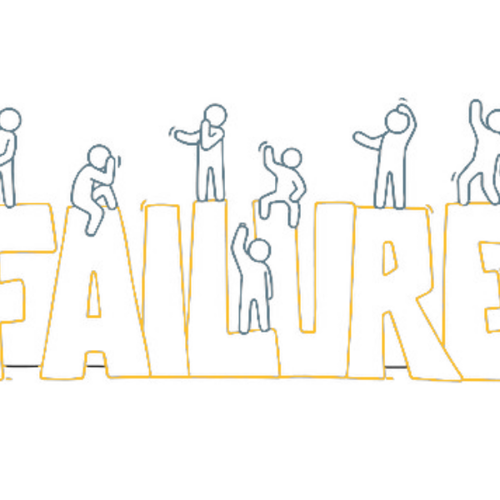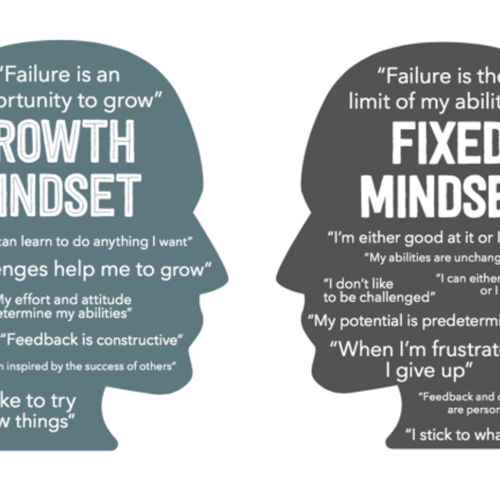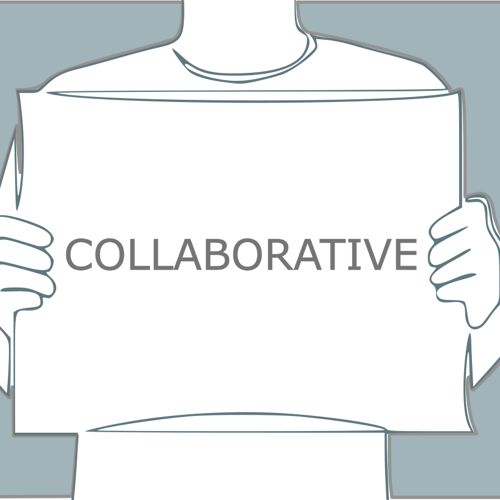In today's fast-paced business environment, organizations strive to optimize their workflows, enhance productivity, and deliver value to customers promptly. One approach that has gained significant popularity is Kanban. As a lean practitioner, understanding and implementing Kanban principles can help unlock the full potential of your organization's productivity. In this blog, we will delve into the world of Kanban, exploring its core concepts, benefits, and best practices for successful implementation.
Understanding Kanban
Kanban, which means "visual signal" in Japanese, is a lean methodology that emphasizes visualizing work, managing flow, and improving efficiency. Originating from the Toyota Production System, Kanban has evolved beyond manufacturing and found applications in various industries, including software development, project management, and service delivery.
Visualizing the Workflow
At the heart of Kanban is visualizing the workflow. By creating a Kanban board, teams can visually represent their work, including tasks, status, and bottlenecks. The board typically consists of columns representing different stages of the workflow, and each task is represented by a card or sticky note. This visual representation fosters transparency, enabling teams to quickly identify the current status of work and make informed decisions.
Limiting Work in Progress (WIP)
Kanban emphasizes limiting the amount of work in progress to optimize flow. By setting WIP limits for each workflow stage, teams can avoid overburdening themselves and ensure a smooth, continuous flow of work. WIP limits prevent multitasking, reduce context switching, and allow teams to focus on completing tasks before starting new ones, leading to improved efficiency and faster delivery times.
Managing Flow
Kanban aims to optimize flow by minimizing bottlenecks and reducing cycle time. By monitoring and analyzing the flow of work on the Kanban board, teams can identify areas where work is getting stuck or delayed. This analysis helps in identifying bottlenecks and implementing process improvements to enhance flow and throughput.
Continuous Improvement
Just like other lean methodologies, Kanban promotes a culture of continuous improvement. By regularly reviewing the Kanban board, teams can identify areas for improvement, experiment with new approaches, and implement changes incrementally. This iterative feedback loop drives ongoing optimization, allowing teams to adapt and evolve based on real-time insights.
Collaboration and Empowerment
Kanban promotes collaboration and empowers teams to take ownership of their work. By encouraging cross-functional collaboration and facilitating open communication, Kanban fosters a sense of shared responsibility and enables teams to collectively make decisions, resolve issues, and improve processes. This collaborative approach enhances team morale, engagement, and productivity.
Scaling Kanban
While Kanban is often applied at the team level, it can also be scaled to larger initiatives. Organizations can adopt the Kanban Method to manage portfolios, programs, or multiple teams working on interconnected projects. Scaling Kanban requires additional considerations, such as establishing a Kanban system at the portfolio level, ensuring alignment of priorities, and enabling effective coordination across teams.
Summary
Kanban provides a powerful framework for lean practitioners to optimize workflows, enhance efficiency, and drive continuous improvement. By visualizing work, limiting WIP, managing flow, and fostering collaboration, organizations can achieve higher productivity, faster delivery, and better outcomes for their customers. As a lean practitioner, embracing Kanban principles and practices can help unlock the full potential of your organization, enabling you to thrive in an increasingly competitive landscape.
Remember, Kanban is not a one-size-fits-all solution. It requires experimentation, adaptation, and a commitment to ongoing improvement. Embrace the spirit of continuous learning and leverage Kanban's principles to tailor the methodology to your specific context






